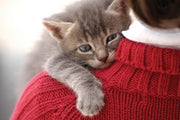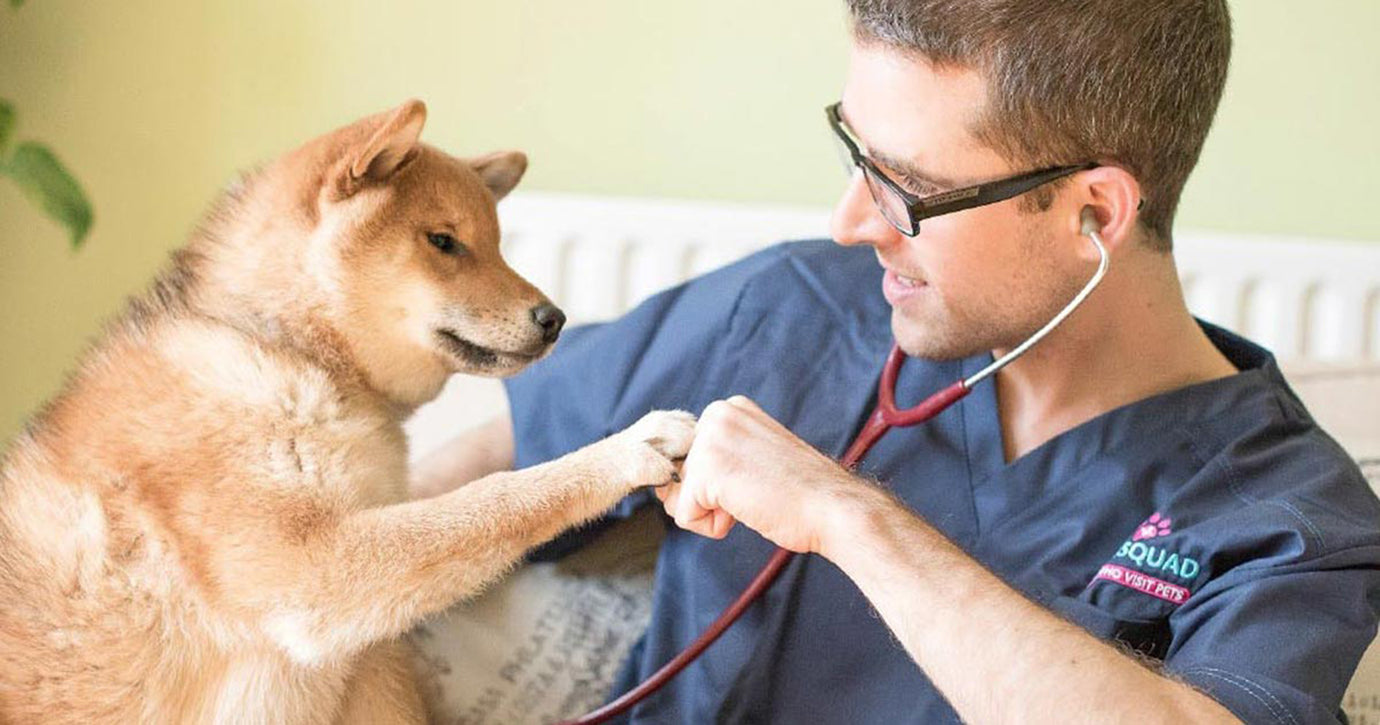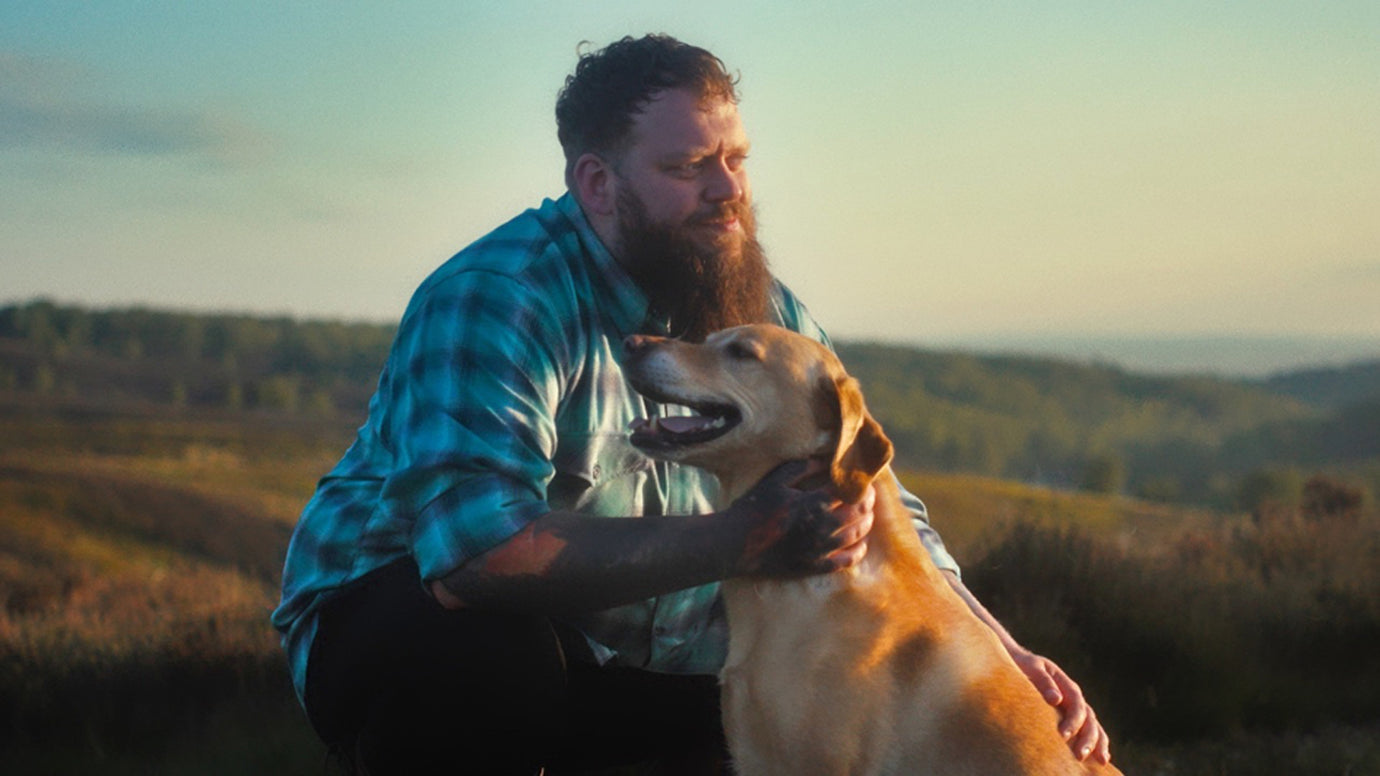The evolution of pet ownership

Throughout history, animals have played a key role in human life. People have come to depend on animals for food, clothing, and transportation. At many times throughout history, and in many cultures around the world, animals were also the focus of religious worship.
Although animals still maintain many of those traditional uses around the world, the role of animals in society has also changed. In the last several hundred years, there has been a massive increase in the number of animals kept purely for companionship and pleasure. Here's some fascinating information on the way relationships between people and animals have developed over time.
Prehistoric communities
In prehistoric times, the relationship between primitive man and animals was that of hunter and prey. People viewed animals primarily as a source of food and skins for clothing. The first animal to make the transition from the wild to the domesticated state was the wolf, the common ancestor of all modern-day dogs. This occurred at least 12,000 - 14,000 years ago when people discovered that young wolf cubs that remained subordinate to humans as adults could be trained.
From the earliest days of domestication, dogs would have had practical uses. They were kept because they could perform tasks such as hunting, guarding, and herding. Although domesticated dogs were probably treated with respect in primitive societies, there is evidence that at least some were also considered companions as early as 12,000 years ago. The finding of a Paleolithic tomb in Northern Israel, in which a human was buried with a dog or wolf puppy, illustrates this point. The dead person's hand had been arranged so that it rested on the animal's shoulder, as if to emphasize a deep bond of affection during life.
Ancient civilizations
A gradual change in human living from nomadic hunter to settled farmer began approximately 8,000 years ago in the so-called Fertile Crescent of the Middle East. Working dogs would have been increasingly valued in this setting, but at about this time the cat also became loosely associated with humans. Houses, barns, and grain stores provided a new environmental niche that was rapidly exploited by mice and other small mammals, the favoured prey of small wild felids.
Cats that followed these rodents into human settlements would have been tolerated - and possibly encouraged - because of their usefulness in getting rid of these troublesome pests. In some ancient civilizations, dogs may also have had cultural significance, usually in regard to death practices. In some cases, the deceased were deliberately put out for dogs to consume, as it was thought necessary for the dead person's soul to pass through a dog to reach the afterlife. These early associations between dogs and death gradually evolved into beliefs that dogs could ward off or prevent death. In ancient Greece, dogs were kept as co-therapists in healing temples for their perceived ability to cure illness. This can be seen as the precursor of our modern practice of using therapy dogs to help people with a wide range of conditions.
Pet ownership by the ruling or noble classes has a long history, dating back at least as far as ancient Egyptian times. Murals from this era depict pharaohs keeping companion animals. Many generations of Chinese emperors kept dogs that, as puppies, were often suckled by human wet nurses, and as adults were tended to by their own servants. Greek and Roman nobility were also avid pet keepers. As civilizations developed, human-animal relationships became more symbolic and less central to human life, and with this change came the view that humans had dominion over all animals. Although animals lost much of their religious and cultural importance, some animals remained closely associated with humans, but subtly, in the role of companions.
The Middle Ages
In medieval Europe, from the 13th - 15th centuries AD, pet keeping was popular among the aristocracy and some senior clergy. Lap dogs were fashionable among the noble ladies, whereas male nobility were more inclined to lavish their attention on more "useful" animals, such as hunting hounds and falcons. During this period, hunting, or "venery," was of great importance to the aristocracy as a symbol of power and status. Dog breeds spread throughout Europe as different types of hound were developed for chasing different quarry.
Nevertheless, the Christian church frowned on pet keeping. Church leaders suggested that the food used for these animals should be given to the poor. However, the Church was probably more afraid that close associations with animals were strongly linked to pagan worship. The prejudice against pets reached its height during the Inquisition, where evidence against heretics often included references to close associations with animals. Throughout the barbaric witch trials of the 16th and 17th centuries, a large number of innocent people were accused of witchcraft and condemned to death. Possession of an "animal familiar," considered to be a symbol of Satan, was used as evidence of their guilt. The accused were most often elderly and socially isolated women who probably kept animals for companionship.
As interest in witchcraft declined, however, companion animals returned to favour and even came to symbolise good fortune. The most likely reason for negative attitudes to companion animals throughout history is that affectionate relationships towards animals were considered immoral and against the natural order of life. Until relatively recently, there was a commonly held view in the Western world that animals lacked feelings and were created in order to serve humanity.
The rise of pet keeping
Pet keeping wasn't generally accepted in Europe until the end of the 17th century, and it wasn't common among the middle classes until the late 18th century. Pet keeping in its present form is probably a 19th century Victorian invention. At this time, it was perceived as a link with the natural world, which itself was no longer seen as threatening. It also allowed a visible demonstration of man's domination over nature.
Britain had been a center for dog breeding since Roman times, and one of the first formal competitive dog shows was held in Newcastle in 1859 for the Pointer and Setter breeds. Still, little was known about the inheritance of various characteristics until Charles Darwin published The Origin of the Species in 1859. Since that time, dog breeding has become more formalised with the establishment of strict breed standards. The practice of pet keeping in Victorian times also reflected other social attitudes of the time. Pet keeping was not considered appropriate for the "lower classes," as it was thought to encourage the neglect of other social duties.
Pet keeping in modern society
In present-day societies, dogs have a number of functional roles, from ornamental to status symbol, as helpers, and as companions. Dogs can also act as a channel for personal expression because people express their personality in the breed they own. For example, rare breeds are often used as indicators of status. Guide dogs for blind people and hearing dogs for deaf people are examples of pets who are kept as helpers. But the most common reason for owning pets in Western societies is companionship.
In recent years, there's been a growing awareness of the very positive effects this relationship can have on human health and psychological well-being, and a recognition of the therapeutic value of companion animals.
(Article source: Pedigree)
A timeline on why humans have kept animals throughout history
Humans have kept animals as pets since ancient times. Here are the extraordinary facts about our reverence and affection for all kinds of creatures - furry, fishy, feline, equine and canine in all societies and throughout history.
10000 BC In what is now Israel, a puppy is buried cradled in the hand of a human. It's the earliest clear evidence we have that humans and dogs, which 2,000 years earlier had been domesticated Asian wolves, share a special bond.
7500 BC A cat resembling an African wildcat is buried with a human on the Mediterranean island of Cyprus. This early evidence suggests that cats were first domesticated in the Fertile Crescent (where the African and Eurasian continents meet) and later brought as pets to Cyprus and Egypt.
3000 BC Ancient Egyptian paintings depict house cats which were first allowed into homes to hunt mice after the Egyptians invented the idea of storing grain indoors. Cats, which were sacred in Egypt, are depicted in many statues.
1493 On his return from South America the explorer Christopher Columbus brings Queen Isabella of Spain a pair of Cuban Amazon parrots.
1542 - 1567 Before she is forced to abdicate her throne Mary Stuart (Queen of Scots) surrounds herself with an entourage of tiny dogs dressed in blue velvet suits. According to legend, when she was beheaded in 1587 a tiny pet dog was hiding inside Mary's dress.
1768 The royal governor of Britain's Virginia colony keeps 28 red birds (most likely cardinals) in cages. By the late 1800s, birds are the most popular indoor pet in America. Canaries won't achieve most - favoured cage - bird status until the Thirties.
1850 British chemist Robert Warington announces his discovery that plants added to a large container of water give off enough oxygen for fish to survive. A few years later the English naturalist Philip Henry Gosse starts the aquarium craze by creating a seawater aquarium for the London zoo; he also coined the word aquarium.
1860 The first commercially prepared dog food is introduced in England.
1870 World famous actress Sarah Bernhardt loses her pet tortoises in a fire.
1877 English author Anna Sewell publishes Black Beauty, one of the best - selling books of all time. Her sympathy for working animals led to kinder treatment.
1881 The first pigeon race takes place in the UK. The birds fly from Exeter, Plymouth and Penzance to London.
1910 Country Life magazine tells readers that it's more affordable to get around by car than horse. However miniature horses, including the stubborn Shetland pony, will go on to become popular pets for rich kids in the Twenties.
1931 German Shepherds Judy, Meta and Folly become the first dogs for the blind in Britain. Their new owners are veterans who were blinded during the First World War.
1944 Susan, a Pembroke corgi, is given to our future Queen as a gift for her 18th birthday from her father King George VI. Even today all of the Queen's many corgis and dorgis (which are a cross between corgis and dachshunds) are descended from Susan.
1947 Sylvester and Tweety, who will become one of the most notable comedy duos in animation history, make their first appearance together in the Warner Brothers cartoon Tweetie Pie.
1950s Women go nuts for tiny dogs. Some even dye their miniature poodles to match their clothes.
1956 British author Dodie Smith's novel The Hundred And One Dalmatians turns the spotted breed into a sensation. Sadly many new owners later abandon their dogs at animal shelters.
1957 The Soviet Union fires a dog, Laika, into space on the Sputnik 2.
1967 The TV show Star Trek airs an episode called The Trouble With Tribbles, starring fuzzy guineapig–like rodents who make trilling noises that irritate Klingons. The Tribbles begin having babies like mad and they eat nearly all the ship's supplies. The episode makes a point about the dangers of introducing non–native species, such as when rabbits were released in Australia in 1859.
1975 Jason, the first Blue Peter cat, plays the part of the Cheshire Cat in the Christmas production of Alice In Blue Peter Land. He sounds strangely similar to the show's presenter John Noakes.
1978 The animated film Watership Down spurs an interest in keeping rabbits as pets.
1984 The European Union bans the sale of wild - caught Mediterranean tortoises, stamping down on the tortoise - as - pet fad.
1988 Australian Wally Cochran breeds the first Labradoodle - a cross between a poodle and a Labrador retriever - as a way to create a dog that won't aggravate its owner's allergies.
1990 The first Teenage Mutant Ninja Turtles movie is released, sparking a terrapin boom.
2005 The city of Rome bans the giving away of goldfish and other animals as prizes at carnivals.
2009 In the US, Pet Airways takes flight, upgrading cats and dogs (the airline calls them Pawsengers) from the cargo hold to the main cabin.
2011 Lupo, the Duke and Duchess of Cambridge's cocker spaniel is born.
(Article source: The Express)





